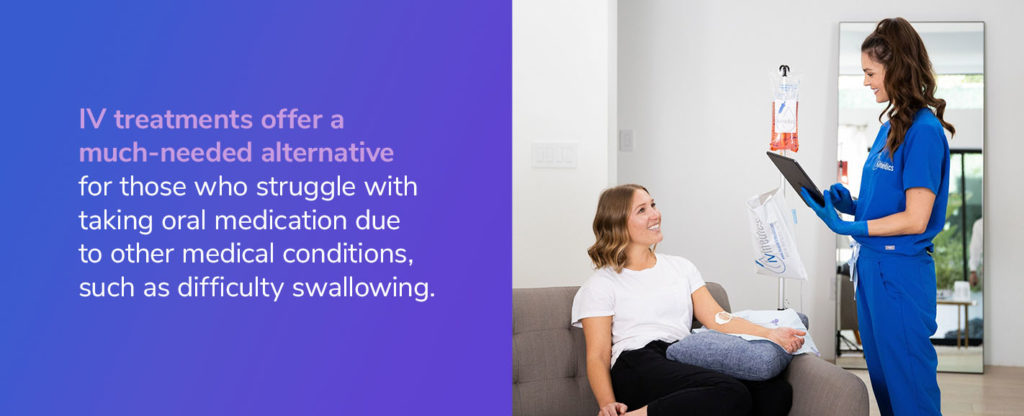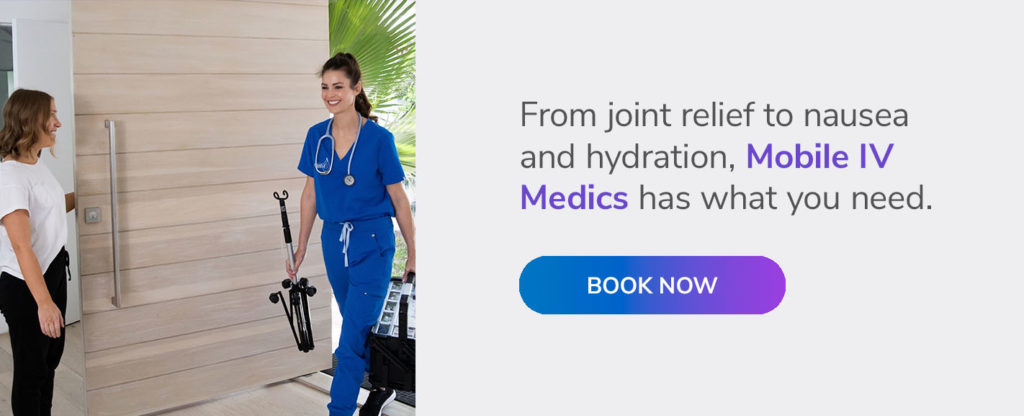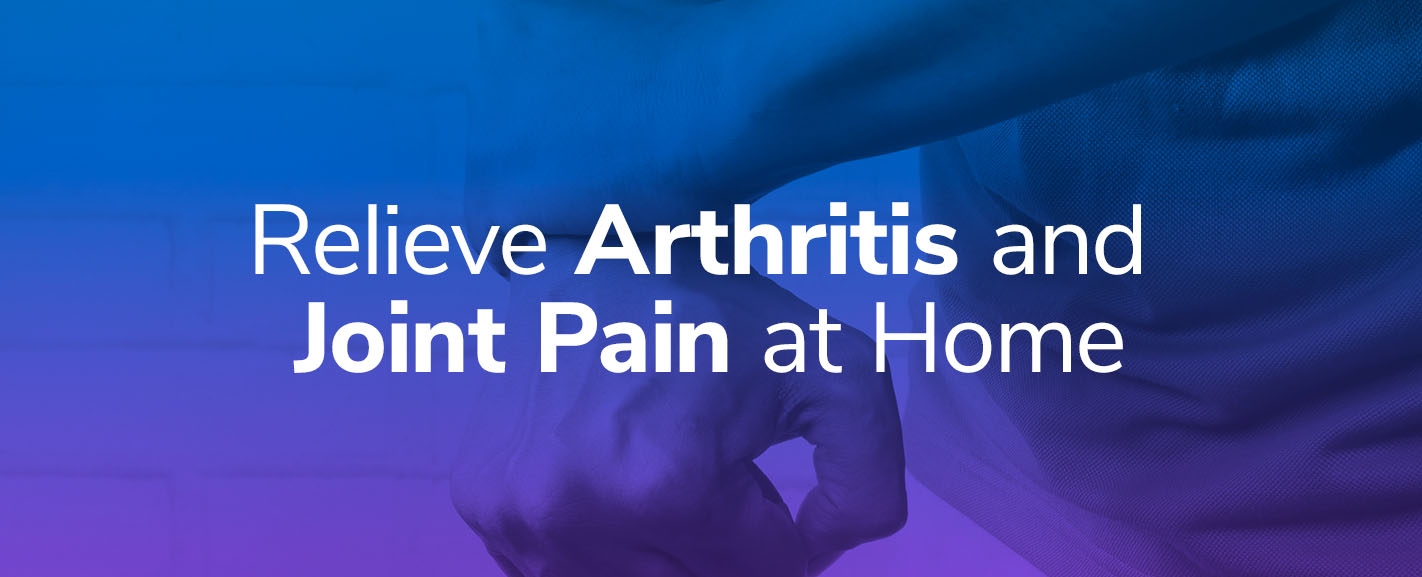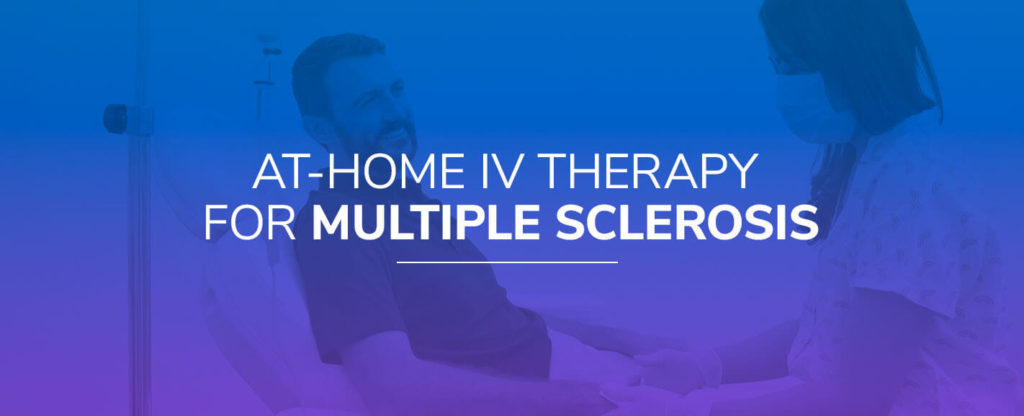Arthritis is a general term many people use in association with joint pain. While there are over 100 different variations of arthritis and other similar diseases, the most common type is osteoarthritis. Osteoarthritis is a degenerative disease that deteriorates the bursas, or liquid cushion, between the joints. This disease can cause mild to severe pain, inflammation, stiffness or swelling of the afflicted joint.
Jump Ahead:
- IV Treatment for Arthritis
- IV Therapy for Joint Pain
- Relieve Joint Pain at Home
- Mobile IV Medics Can Help
Because of its degenerative nature, many people associate this variation of arthritis and other similar ones as a natural part of aging. However, more than 50 million adults and about 300,000 children suffer from some form of arthritis. Arthritis does not discriminate and can afflict anyone at any time.
Those who currently suffer from arthritis know that the pain can be almost unbearable. We use our joints constantly to move around, grab items and go about our daily lives. Being in pain every time you move is not an ideal way to live.
Thankfully, all hope is not lost. While there is no definitive cure for arthritis, there are ways you can relieve the pain so it is more manageable and does not deter you from living out your best life.
For some, taking over-the-counter painkillers can help, but for others, they require something else to alleviate the pain.
If you’re seeking a different form of arthritis therapy and don’t know what else to do, IV therapy might be the solution you need to relieve some of your joint pain in the comfort of your own home.
IV Treatment for Arthritis
If conventional medications and physical therapy treatments fail to help with your joint pain, IV treatments might be the next step for you. You won’t have to worry about taking a pill every couple of hours for only short-term relief. IV treatments offer a much-needed alternative for those who struggle with taking oral medication due to other medical conditions, such as difficulty swallowing.
Over-the-counter and prescribed pill medications work by targeting the inflamed joints and suppressing the pain receptors in the same joint. It can take time to fully feel the effects of these medications. Your digestive track has to take time to absorb the medications and distribute them through your bloodstream and to the afflicted area.
IVs can provide more immediate relief by bypassing the digestive system altogether. Through an IV drip, the inflammation medication circulates through your bloodstream immediately and provides more long-term relief.

IV treatments focus on administering biologic response modifiers (BRMs) into the bloodstream. Since arthritis types differ per person, there are several different IV medications your doctor may recommend.
- Remicade
- Inflectra
- Orencia
- Rituxan
- Cimzia
- Simponi Aria
- Actemra
Unfortunately, IV treatments are not for everyone. In rare instances, the IV medication can react with other medications that you may be currently taking. The likelihood of side effects may increase depending on your physical health and current medications.
Some common side effects to be aware of are:
- Dizziness
- Nausea
- Muscle stiffness
- Neck and back pain
- Flu-like symptoms
- Sweating
- Upset stomach
Always consult with your doctor to see if IV treatments are the best fit for your pain. They will provide you with the necessary information you need to decide if IV treatments will work for you. They will prescribe the required medication and inform you of any side effects.
IV Therapy for Joint Pain
If you decide to go with the IV treatment route for your joint pain, you have several different options you can choose from.
First, you can coordinate with your doctor and have regularly scheduled appointments where you go in and receive your treatment.
Second, you can choose to have your IV treatment directly in the comfort of your own home. With specific, certified companies, such as Mobile IV Medics, a nurse will arrive at your home with the medication. They will insert the IV drip into your arm and wait until the medication has had enough time to enter your bloodstream.
Third, depending on the situation and your doctor, you might qualify for an elastomeric pump. These types of IV pumps provide the required flow of medication all while on the go. You pour the medication into the balloon portion, connect it to your attached IV and go about your day. As you shop, go out to eat and do other activities, the balloon provides continuous infusion throughout the day.
Whichever method you prefer, the frequency and medication all stay the same. Most people only need to have medication administered to them every 15 days with pain relief occurring a month and a half after their first dosage. Results may vary and the frequency might change depending on pain severity and doctor recommendation.
Although the relief isn’t immediate, the benefits of only having to receive the medication every 15 days rather than every day can be appealing. For some people, they might find that after the first month and with the regular infusions, their joint pain is gone for up to nine months.
When the nurse administers the drug, IV infusion can take upwards of four hours to fully integrate into the bloodstream. Be prepared to have the IV drip connected to you during that time and have some entertainment readily available.
Relieve Joint Pain at Home
IV infusions have never been easier. All you need is to have certified nurse travel to your home and administer the medication. This type of infusion works well for those who suffer severe joint pain and cannot drive themselves or move to have someone drive them. A nurse will come to you and give you the medication while you are relaxed and comfortable.

Mobile IV Medics Can Help
Mobile IV Medics offers pain medication and many other treatments to help with whatever ailments you might have. From joint relief to nausea and hydration, Mobile IV Medics has what you need.
Contact them and book your appointment today.
No one should have to suffer from pain. If you find that other forms of relief aren’t helping, then IV therapy might be the solution for you. Discuss IV treatment solutions with your doctor and seek the pain relief you deserve.





